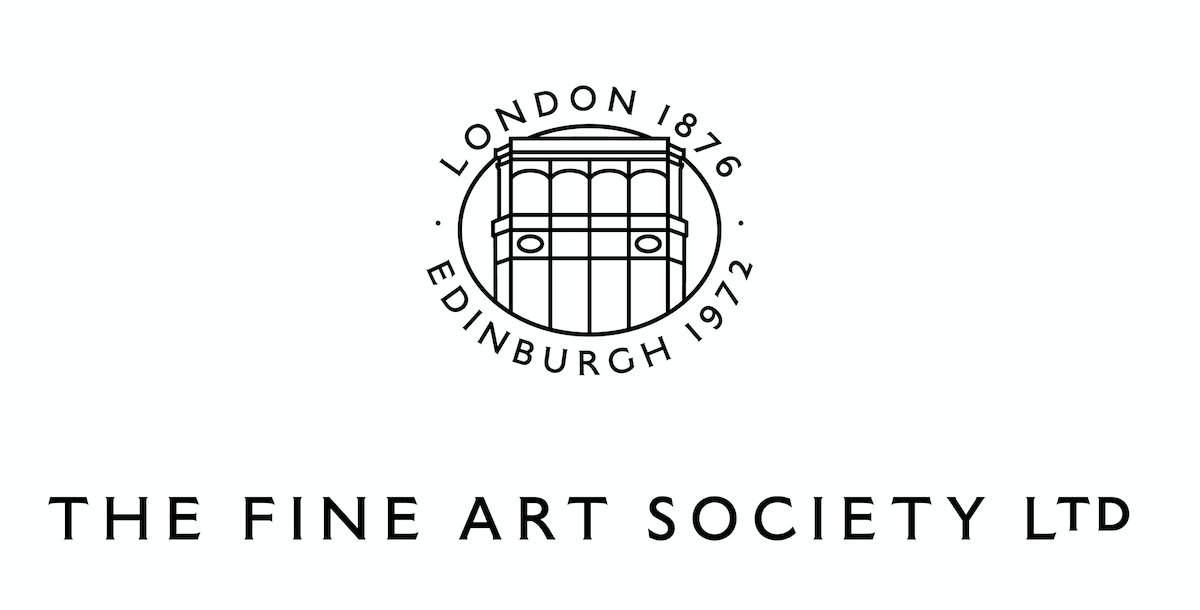C. R. W. Nevinson ARA 1889-1946
The son of two writers, Nevinson attended St John’s Wood Art School in 1907, before enrolling at the Slade School of Fine Art, the following year. Encouraged by his parents’ radical views, in part inspired by the Futurist, Marinetti, he was advised by Henry Tonks to abandon painting and take up journalism. However, while still a student, his first painting was exhibited at the Friday Club and buoyed up by this success he visited Paris in 1911 and returned the following year for the winter of 1912–3, attending the Atelier Julian and the Cercle Russe where Henri Matisse was teaching. During this exciting winter he shared a studio with Modigliani, met the Futurist painters, visited Gertrude Stein’s salon and the studio of Pablo Picasso.
The jagged, angular paintings and prints he produced in the Paris hinterland at St Ouen, La Villette and Charenton are transitional, but they nevertheless reveal the extent of Nevinson’s speedy absorption of the Cubo-Futurist syntax. This was a sensibility in flux – and one that would soon emerge with the celebrated Departure of the Train de Luxe in Frank Rutter’s Post-Impressionist and Futurist Exhibition at the Doré Gallery in 1913.
With his father’s assistance and encouragement Nevinson joined the Friends’ Ambulance Unit and went to Dunkirk in November 1914, three months after the outbreak of war. As an ambulance driver, stretcher-bearer and orderly he experienced at first-hand the reality of modern warfare. The wounded and dying, removed from the battlefield, lay in sheds where the medical attention available was simply unequal to the numbers of soldiers brought from the trenches.
Nevinson witnessed scenes of indescribable human suffering and horror. This provided him with the ‘news story’ which the soldiers experienced but which was not widely known back in Britain. After attracting critical attention as a committed avant-garde Futurist, the conflicts on the Western Front suddenly provided to him that something in his art had lacked: serious subject matter. Nevinson began making images which struck a chord with critics and the public alike. The pictures did not attempt to show objective reality, nor to comment, nor to infer a moral. Like a photo-journalist he witnessed the reality which few then had and in a series of paintings and related prints he was the first to bring back the story.
We are actively seeking consignments of work by C.R.W. Nevinson. Please contact us with details or to enquire after available works by this artist.
-

History of the New
1 Jun - 29 Jul 2023Our summer show brings together artists who found themselves working at the threshold of the modern. It was this self-awareness and urge to make it new that motivated them as...Read more -

The Print Show
Artist Printmakers 1800-1975 15 Feb - 10 Mar 2016From William Blake's engraving of Chaucer's Canterbury Pilgrims in 1809-10 to Howard Hodgkin's abstract hand-coloured lithographs of the 1970s, the exhibition will spanned 175 years of artist printmakers production and...Read more



